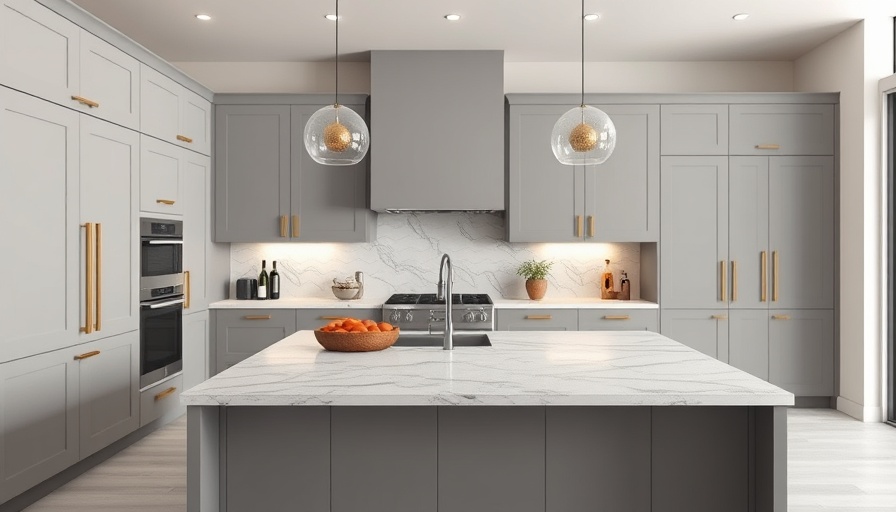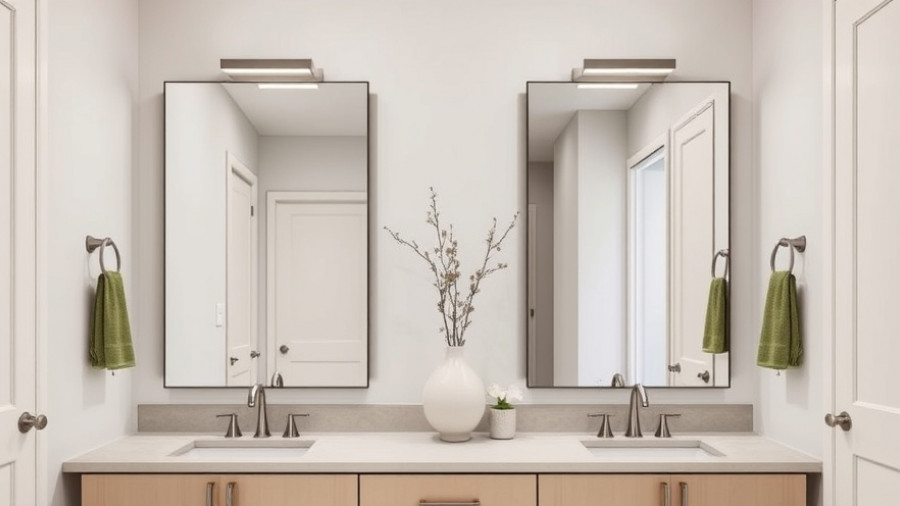
Bringing Your Vision to Life: The Importance of Planning
The kitchen is often referred to as the heart of the home—a space where meals are made, homework is done, and family gatherings take place. Therefore, a well-executed kitchen remodel can dramatically enhance both your home's functionality and aesthetic. However, diving into a renovation without a robust planning process can lead homeowners into a world of stress and potential financial pitfalls.
Navigating Your Remodeling Journey: Key Steps to Consider
Before embarking on your kitchen transformation, it’s essential to follow a structured approach. Here are essential steps to ensure your renovation is successful:
Define Your Goals
Begin by determining why you want to remodel your kitchen. Are you looking to increase your home's market value, improve functionality for a busy family, or simply modernize an outdated design? Clearly defining your goals will help steer your project in the right direction.
Assess What You Have
Take a thoughtful walk through your current kitchen. Engage your family in identifying what works well and what needs improvement. Whether it's lighting issues, inefficient storage, or a cramped layout, understanding your pain points is the first step toward a smooth renovation.
Prioritize Wisely
As with any home improvement project, it's crucial to distinguish between 'needs' and 'wants'. Focus on essential upgrades that finalize safety and functionality like replacing old appliances or enhancing lighting. Avoid the allure of luxury features that may push your budget beyond your means.
Budgeting: A Realistic Approach
A key component of planning a kitchen remodel is setting a realistic budget. Popular costs can range significantly, typically from $15,000 to $30,000 for minor updates, to upwards of $80,000 for extensive renovations. Be sure to include a contingency fund of at least 10–20% to accommodate unexpected expenses such as structural repairs or delays.
Smart Financing and Cost-Saving Tips
Consider options like home equity loans or personal loans to finance your project. Additionally, you can save costs by retaining your kitchen's existing layout or choosing mid-range, durable appliances that offer a good balance between price and quality. Scheduling your renovation during off-peak seasons can also lead to savings on contractor fees.
Choosing the Right Layout for You
Your kitchen layout significantly impacts its function. Whether you opt for an L-shape, U-shape, or open concept, select a design that caters to your cooking routines and lifestyle. This choice will facilitate smooth workflows, making daily activities more enjoyable.
The Work Triangle: Optimizing Flow
Imagine navigating your kitchen with ease: the stove, fridge, and sink should form an efficient triangle. This layout minimizes unnecessary steps during cooking and cleaning, streamlining your daily kitchen interactions. Additionally, think about creating dedicated work zones for preparation, cooking, and serving.
Material Choices: Balancing Quality with Cost
Investing in quality materials matters. When choosing cabinetry, countertops, and floors, find a harmony between durability and aesthetics. Popular choices include quartz and granite for countertops, which provide both beauty and longevity, while opting for waterproof flooring solutions helps maintain your kitchen's resilience.
Maximizing Storage Solutions
An essential aspect of any kitchen remodel is optimizing storage. Techniques such as incorporating pull-out drawers, lazy Susans, and maximizing vertical space with tall cabinets can help create a functional area that's easy to navigate and organized.
Final Thoughts: Embrace the Journey
Renovating your kitchen can be a rewarding yet intricate process. By setting clear goals, conducting thorough assessments, and planning effectively, you create a space that reflects not only your personal style but also meets the needs of your family. Remember, however, to remain flexible and patient as your vision unfolds into reality.
 Add Row
Add Row  Add
Add 




Write A Comment